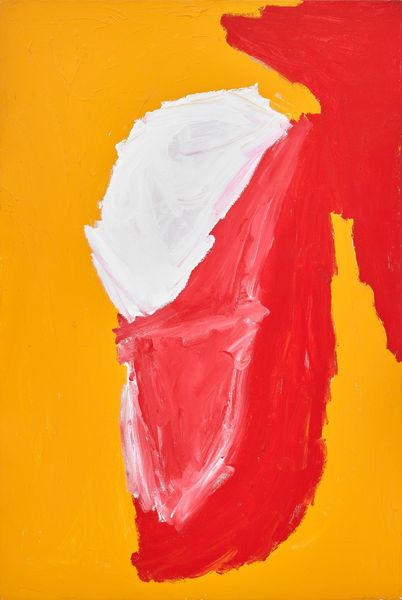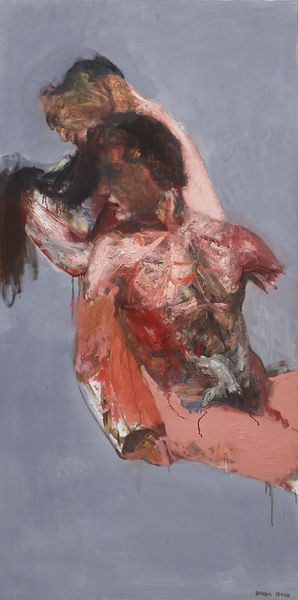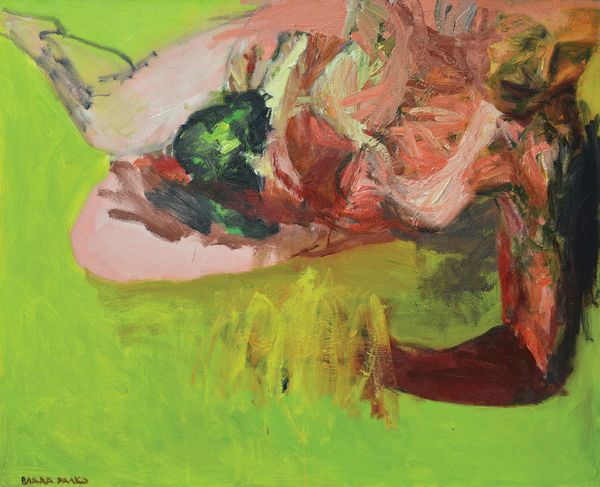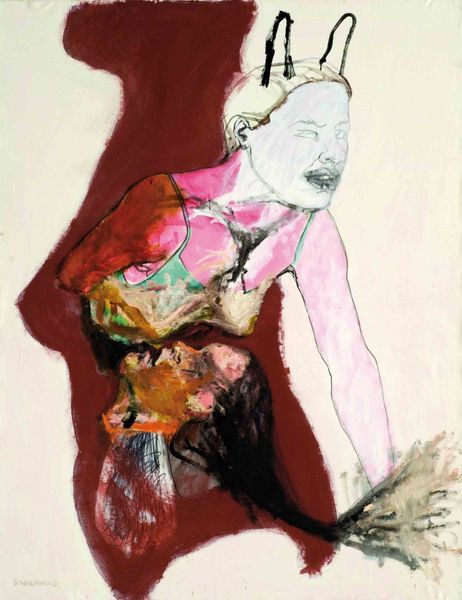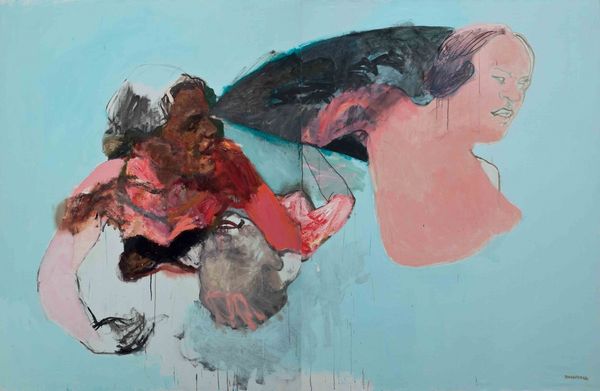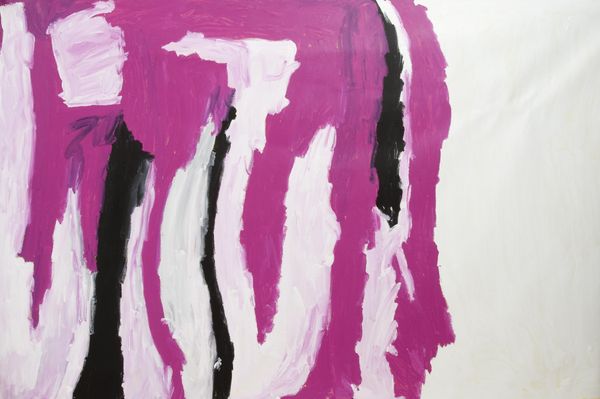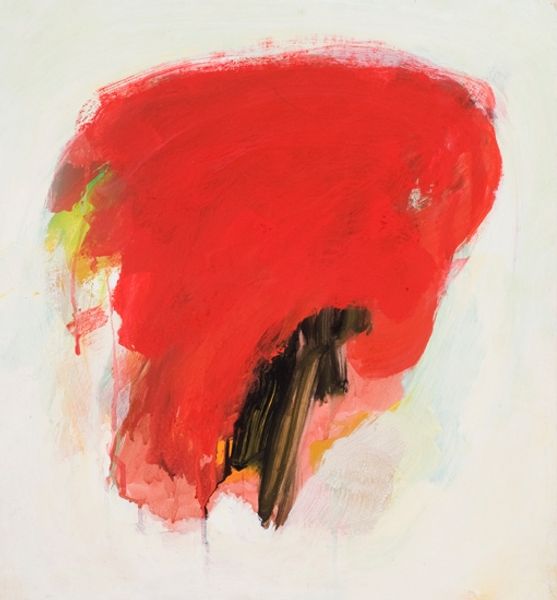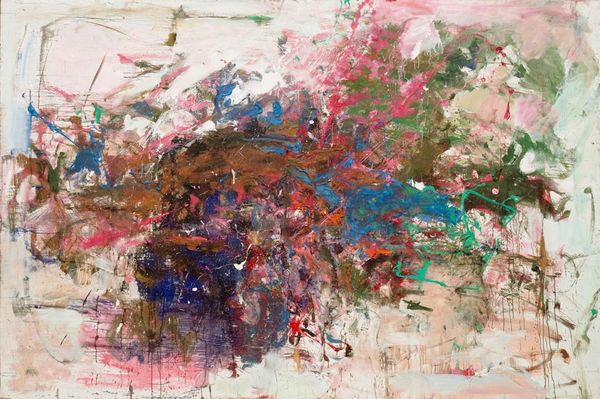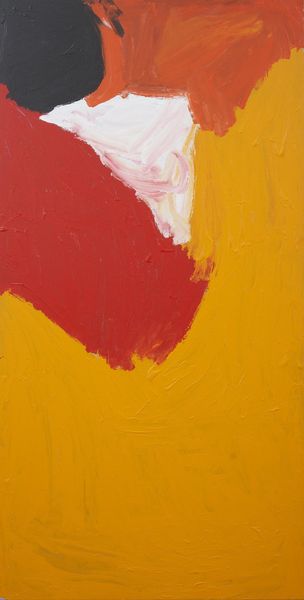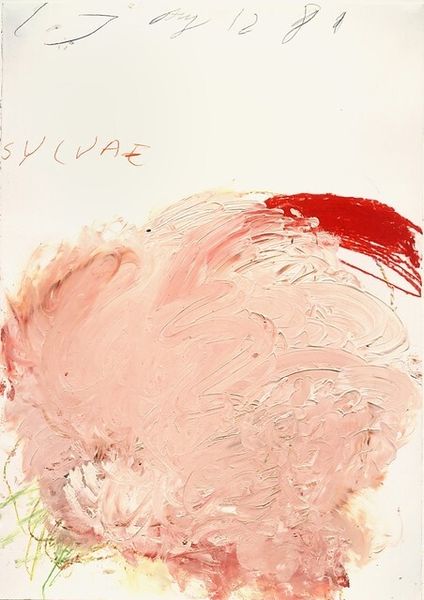
painting, oil-paint, impasto
#
portrait
#
painting
#
oil-paint
#
impasto
#
abstraction
Copyright: Vlada Ralko,Fair Use
Editor: Vlada Ralko's "Two Heads," created in 2004, uses oil paint with an impasto technique. The figures emerge from layers of pink, gray, and black. I’m struck by the rawness of the brushstrokes and the almost brutal honesty in the depiction of these faces. What do you see in this piece, especially regarding its materiality? Curator: The application of the oil paint itself is the key. Note the thickness, the layering; it isn’t trying to hide the process. It's confronting us with the very act of making. Think about what oil paint represents—historically, a material of the elite, demanding specific skills and access. By using it in this raw, almost unfinished way, Ralko is perhaps challenging those associations. Editor: So, it's not just about the image, but about how that image is constructed using those materials? Curator: Precisely! Look at how the paint is manipulated – dragged, dabbed, smeared. These techniques almost democratize the material, taking it away from purely academic, skillful rendering and engaging in a more process-oriented, almost visceral, mode of production. The impasto creates texture, inviting a tactile response, almost defying the "do not touch" aspect of viewing art. How might that relate to its theme of abstraction? Editor: It's like she's emphasizing the physicality of the portrait, breaking down the traditional idea of the portrait as just a representation and highlighting the labor involved. Curator: Exactly. Consider also the socio-political context. The availability and access to these materials post-Soviet era...the painting itself becomes a document of a particular time and place. We must remember the labor behind art. Editor: I never thought about the political background having influence in the access to the materials. This painting makes me think about art making as labor in a completely new way now. Thanks. Curator: The work challenges the conventional aesthetic experience and speaks volumes about the conditions of art production, which can invite viewers to think deeply about material conditions, skills, and means.
Comments
No comments
Be the first to comment and join the conversation on the ultimate creative platform.
